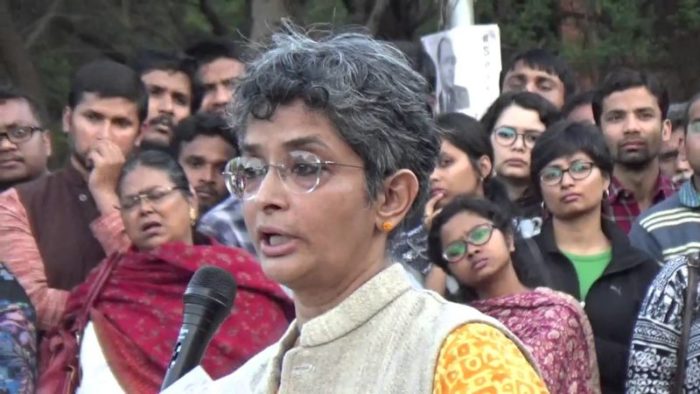
Although implemented for women’s emancipation, such laws eventually failed because of the loopholes that were introduced because of homogenization- an approach that was obviously doomed because of our religious diversity.ĭiscussions on family reveal three key characteristics that define what a family is in modern-day India.

What makes the experience of reading this book richer is the author’s emphasis on laws, one of which was The Indecent Representation of Women (Prohibition) Act, which humorously enough, did not define what was indecent. While the latter emphasizes how the state views practices so as to control them and maintain order, Menon’s work emphasises the feminist gaze as a way of disordering existing societal structures in an attempt to challenge the authority of dominant discourses.Īs the table of contents itself will suggest, Menon covers a wide range of topics, starting from how the family is structured in modern-day India to how pornography causes debates among the feminist movements. In her book Se eing Like A Feminist, Professor Nivedita Menon seeks to provide an understanding of various feminisms as they exist in contemporary India and how feminism engages with various ‘gendered modes of power.’ Highlighting the purpose of the book in her title itself, Menon adapts her title from James Scott’s Seeing Like a State (1998). Many strands coming from different social locations, weaved together by discussion and debate, held together with a legacy of powerful people who fought for a more equal world and our struggle and hope for a safer, inclusive and more accepting world for everyone. Seen in view of growing feminist scholarship and feminist movements in India, Seeing Like a Feminist captures beautifully the contemporary Indian conception of all its varieties of feminisms.



Nivedita Menon’s Seeing Like a Feminist serves this purpose.ĭivided into six sections, this book acts as an introduction to intersectional feminism as it is prevalent in contemporary India. With women crossing over from private to the public sphere and questioning the existence of this very divide, it becomes important to understand how exactly the feminist movement operates in India. Women’s movements and their representation have been growing since the end of the 20th century.


 0 kommentar(er)
0 kommentar(er)
